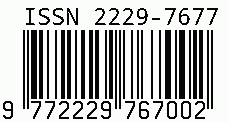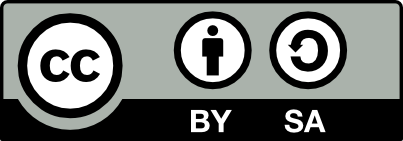
International Journal on Science and Technology
E-ISSN: 2229-7677
•
Impact Factor: 9.88
A Widely Indexed Open Access Peer Reviewed Multidisciplinary Bi-monthly Scholarly International Journal
Plagiarism is checked by the leading plagiarism checker
Call for Paper
Volume 16 Issue 4
October-December 2025
Indexing Partners



















Suture Materials to Reduce the Sinus Tract Formation in Caesarean Section
| Author(s) | Dr. SUGANTHI VINODHINI J |
|---|---|
| Country | India |
| Abstract | Caesarean section plays a crucial role in the provision of comprehensive emergency obstetric and neonatal care, and its prevalence has been rising globally in recent times. The proper healing of the scar following a caesarean section is critically important to prevent various obstetrical complications in subsequent pregnancies. The standard method for closing the abdominal wall must be implemented with careful consideration to ensure adequate support, prevent infections, avoid sinus formation, and mitigate incision pain and scar dehiscence. Numerous sutures and suturing techniques are utilized globally for the closure of abdominal layers after a caesarean section. wide range of materials and techniques are employed for skin closure following a caesarean section, and it is essential to determine which methods yield the most favourable outcomes for women. Obstetricians frequently utilize synthetic absorbable sutures for uterine closure during caesarean sections. This research paper seeks to evaluate the effects of different synthetic absorbable and non-absorbable suture materials on the development of caesarean scar defects. Additionally, a case report is analysed, detailing a typical instance of multiple chronic discharging abdominal wall sinuses associated with Prolene granuloma in a 41-year-old woman following a caesarean section. |
| Keywords | Suture material, Prolene granuloma, abdominal wall sinuses, chronic discharging tracts, foreign body material |
| Field | Sociology > Health |
| Published In | Volume 16, Issue 4, October-December 2025 |
| Published On | 2025-10-24 |
| DOI | https://doi.org/10.71097/IJSAT.v16.i4.9000 |
| Short DOI | https://doi.org/g98nc5 |
Share this


CrossRef DOI is assigned to each research paper published in our journal.
IJSAT DOI prefix is
10.71097/IJSAT
Downloads
All research papers published on this website are licensed under Creative Commons Attribution-ShareAlike 4.0 International License, and all rights belong to their respective authors/researchers.

